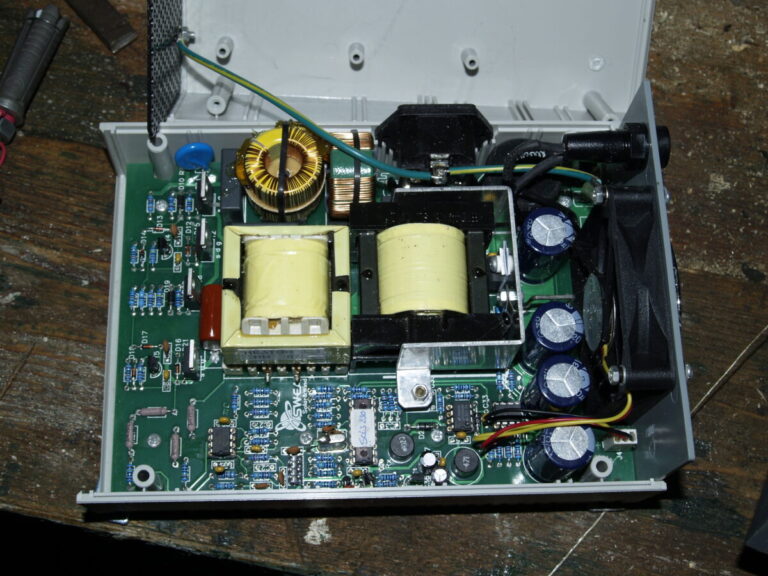New research shows all the challenges that smart inverters will face in the coming decades, including cybersecurity issues and rising production costs. The scientists explain that despite the new possibilities offered by the Internet of Things and artificial intelligence, their application can also lead to an increasing number of cyber risks.
A group of researchers from Rajshahi University of Engineering & Technology in Bangladesh has conducted an extensive study of all “next generation” grid-resistant inverter technologies and concluded that more work is needed to ensure their cybersecurity.
“Power inverters are increasingly connected to smart grids and Internet of Things (IoT) devices, making cybersecurity an increasingly important factor,” the scientists explain. “Future inverters must have strong security capabilities to defend against cyber attacks and maintain the reliability of the electricity grid. Implementing comprehensive cybersecurity measures can be difficult and costly, and keeping up with emerging cyber threats requires continued developments in security standards.”
Presented in the newspaper “Next generation power inverter for grid resilience: technology assessment”, published in Heliyon, their work initially consisted of identifying the main limitations of current PV inverter technologies and then proposing a series of technical solutions to make them more efficient while reducing production costs.
The research focuses in particular on different types of energy systems, but also on modeling problems and factors that influence the resilience of the electricity grid. It also explores the requirements for grid-resilient inverter design and the limitations against plant dynamics and cyber attacks.
Furthermore, it describes the control challenges in the advanced functions of the smart inverter for self-management and security and discusses how artificial intelligence (AI) or blockchain technologies can help overcome all the above-mentioned problems. The academics also presented a detailed description of different types of grid resilience: passive resilience; active resilience; resilience of human resources; and economic resilience.
The research team explained that grid-resistant inverters provide real-time data, analyze historical data, compare patterns in different dimensions and export graphs, easily accessible from computers and mobile devices. “They can alert users via SMS or email of any detection of errors and malfunctions, which greatly increases efficiency,” it explains. “The alarms can be a game changer when dealing with certain situations, for example an output below simple limits or a faulty electronics.
According to the team, these devices play a greater role than conventional inverters, while also requiring less maintenance. However, the typical Internet interactions that characterize these devices provide cybercriminals with the opportunity to abuse a variety of components.
“Even smart inverters, like all other internet-connected gadgets, are susceptible to hacking,” the academics noted. Using software linked to the Internet, they communicate with the electrical grid to independently perform voltage regulation tasks. This means that intelligent inverters, when used properly, have the ability to regulate the voltage of the electricity sent to the grid so that no harmful fluctuations occur.”
They also highlighted that when grid-resistant inverters are attacked, incorrect settings can be introduced into the software, causing the voltage spiral to spiral out of control, leading to brownouts or blackouts.
Among the potential challenges that smart inverters are expected to face in the coming decades, the team lists distributed energy resources (DER) controller, energy management system (EMS), communications, IoT issues, scalability, interoperability and compatibility, as well as regulations. and policy.
Scalability and modularity are cited as two important factors for future smart inverters, as they will need to adapt to varying power requirements ranging from residential to utility-scale installations. “Developing a modular design that maintains high efficiency and reliability across different sizes is difficult, but it is critical for broad acceptance and flexibility in a variety of applications,” the researchers said.
Cost reduction is ultimately indicated as an important step towards the development of future products using gallium nitride or silicon carbide. “Future inverters should be made from recyclable materials, consume less energy during production and meet global standards,” they concluded. “Navigating the complex environment of international norms and standards can be difficult, but it is essential to ensure compliance while maintaining competitive performance and prices.”
This content is copyrighted and may not be reused. If you would like to collaborate with us and reuse some of our content, please contact: editors@pv-magazine.com.


